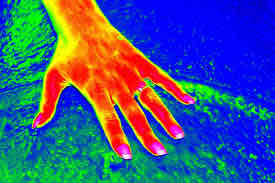Physics energy stores and transfers
1/24
There's no tags or description
Looks like no tags are added yet.
Name | Mastery | Learn | Test | Matching | Spaced |
|---|
No study sessions yet.
25 Terms
what is a system
a system is an object or group of objects. A system could be large or small, incorporating just one object, or a whole group of objects and their surroundings
Table of Energy stores
Kinetic
Gravitational
Elastic
Magnetic
Electrostatic
Chemical
Nuclear
Thermal
Kinetic
Moving objects have energy in their kinetic store
Gravitational
Objects gain energy in their GPE when lifted
Elastic
Objects have energy in their elastic potential store if they are stretched, squashed or bent
Magnetic
Magnetic materials interacting with each other have energy in their magnetic store
Electrostatic
Objects with charge interacting with one another have energy in their electrostatic store
Chemical
chemical reactions transfer energy into or away from a substance’s chemical store
Nuclear
Atomic nuclei release energy from their nuclear store during nuclear reactions
Thermal
All objects have energy in their thermal store. the hotter the object is, the more energy it has in its store.
Energy transfers
Mechanical
Electrical
Heating
Radiation
Mechanical
When force acts on an object like pulling, pushing, stretching, squashing.
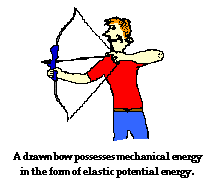
Electrical
A charge moving
Radiation
energy transferred by electromagnetic waves
Describe the energy transfer:
A battery powering a torch
It is transferred Electrically from the Chemical store to the Thermal store of the bulb
Describe the energy transfer:
A falling object
Energy is transferred from the gravitational store to the kinetic store through a mechanical transfer
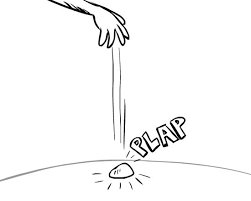
conservation of energy states:
Energy cannot be created or destroyed, it can only be transferred from one store to another. It can however be spread out / dissipated
e.g:
A bat hitting a ball
The moving bat has energy in its kinetic store, some of that energy is transferred to the thermal store of the ball mechanically. This energy transfer is wasted, it is not useful.
Since the rest of the kinetic energy gets dissipated and not fully into the ball.

e.g:
Trampoline
When jumping, The person has energy in their kinetic store. when the person lands on the trampoline, most of that energy is transferred to the elastic potential store of the trampoline. The energy is transferred usefully back to the kinetic store of the person.
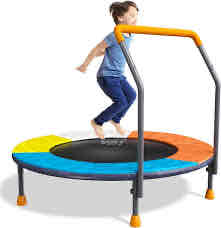
Efficiency
If a system has high efficiency, then most of the energy transferred is useful.
If a system has low efficiency, then most of the energy transferred is wasted
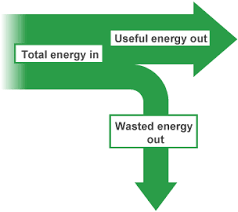
Efficiency formula
Efficiency is represented as a percentage.
Useful energy output Over Total energy output x 100%
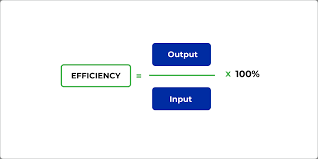
Conduction
A material is a good conductor if it transfers energy by heating. Metals are extremely good thermal conductors because they have delocalized atoms that help pass the energy through atoms.
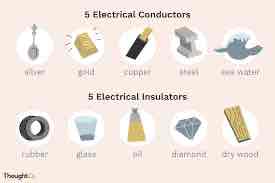
Insulators
Insulators are bad at transferring energy. Non-metals are Insulators, as well as liquid and gases. this is why rugs are used to warm your feet, since it cannot transfer the heat anywhere because it is an insulator
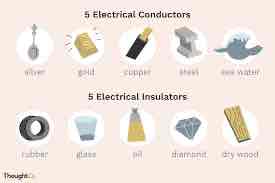
Convection
Convection is the main way that thermal energy is transferred through liquids and gases. it cannot occur in solids.
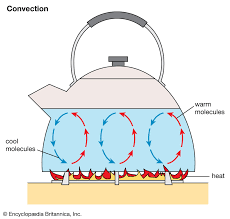
Thermal radiation
All bodies(objects), no matter what temperature, emit infrared radiation.
The hotter object, the more infrared radiation it radiates. infrared radiation can be detected using special camera.
Shiny objects are the worst at emitting and absorbing thermal radiation, whilst Black objects are the best.
